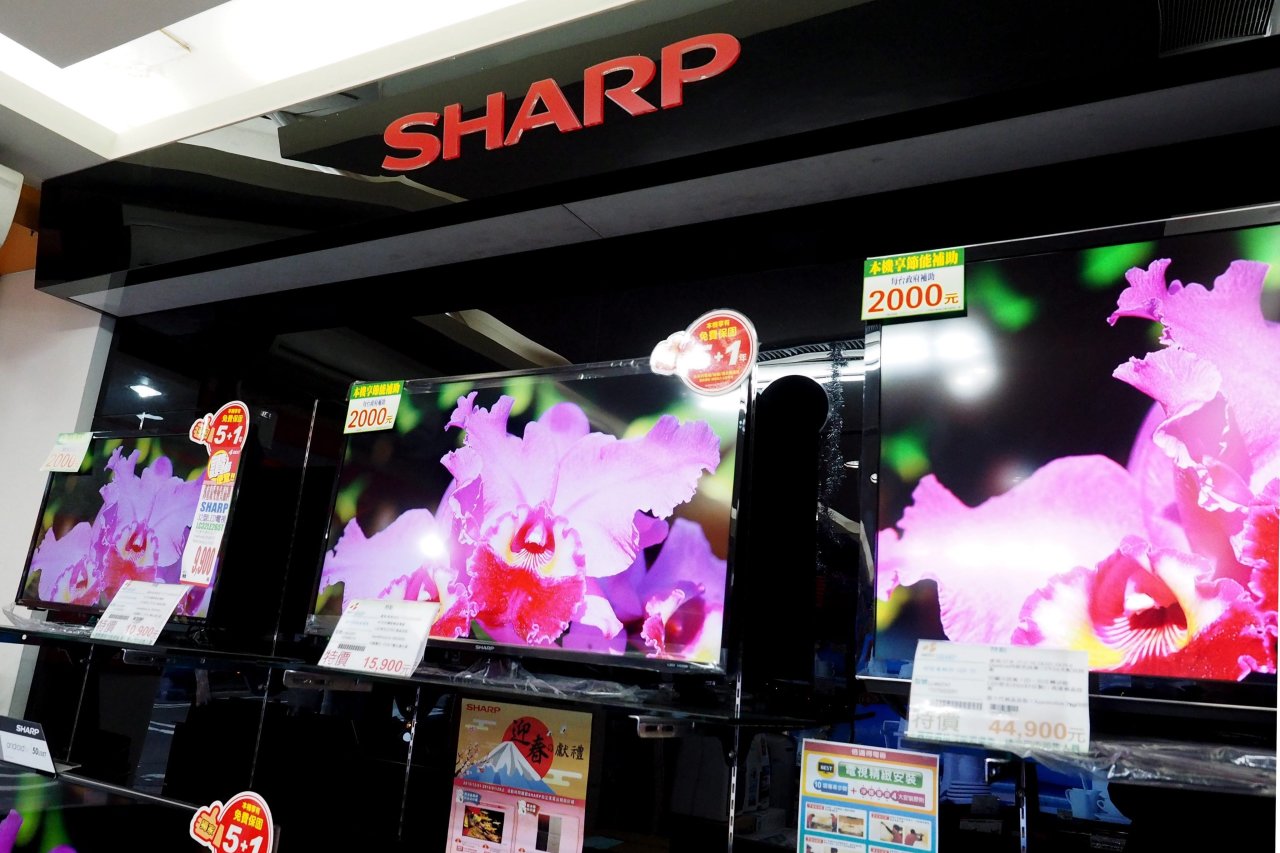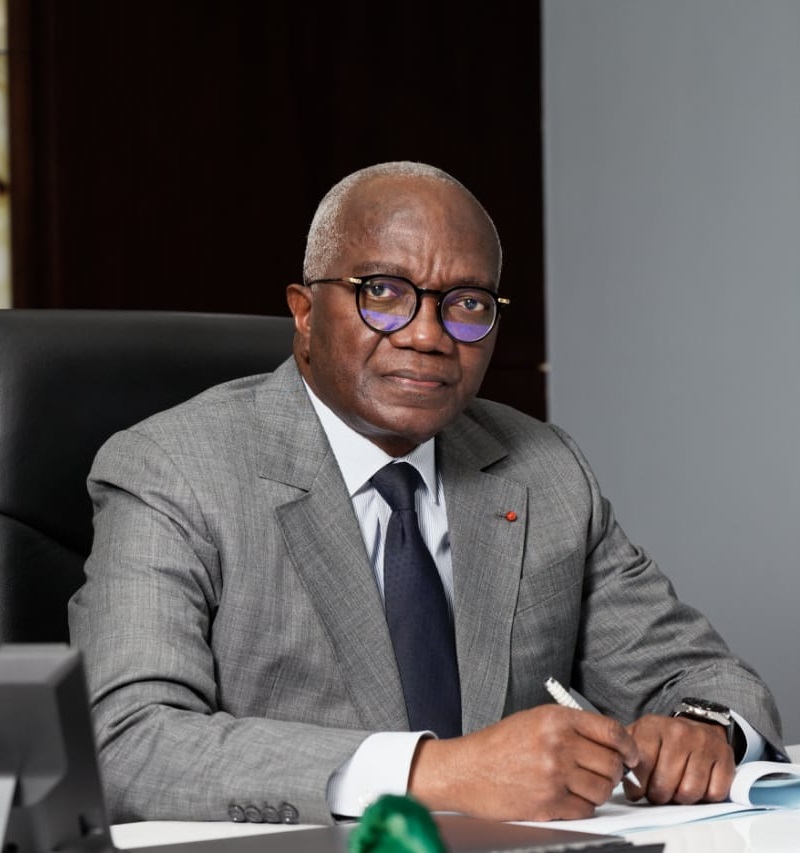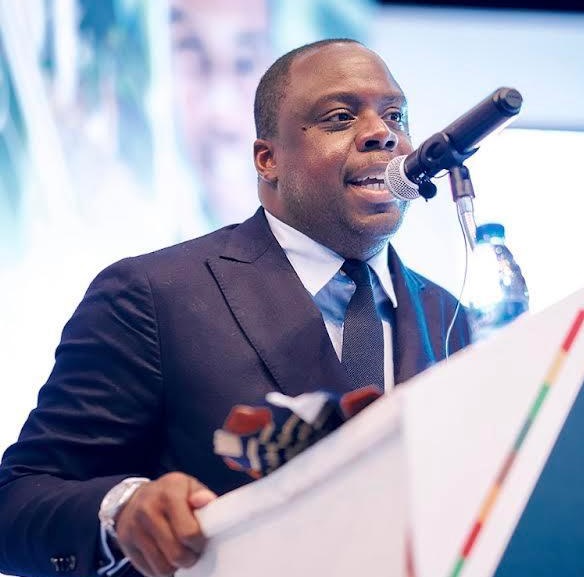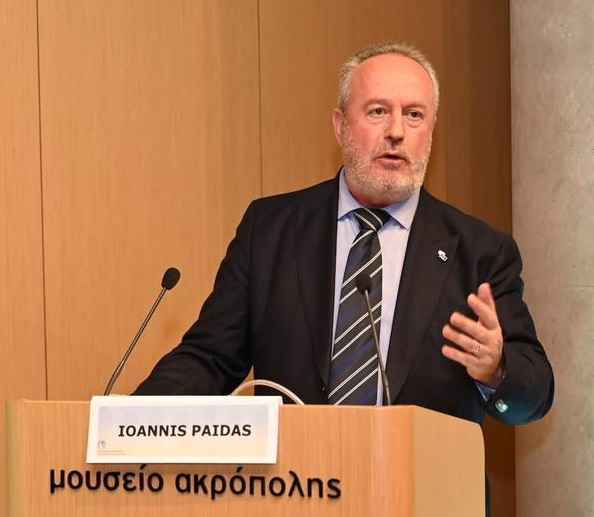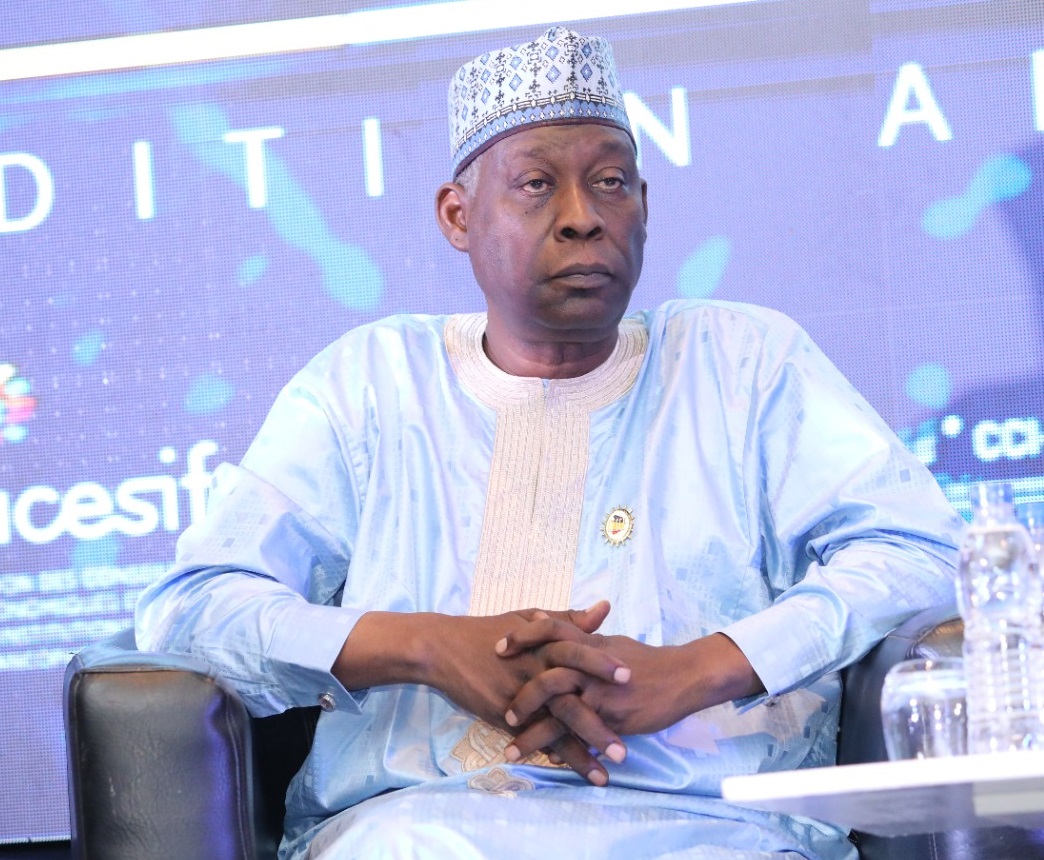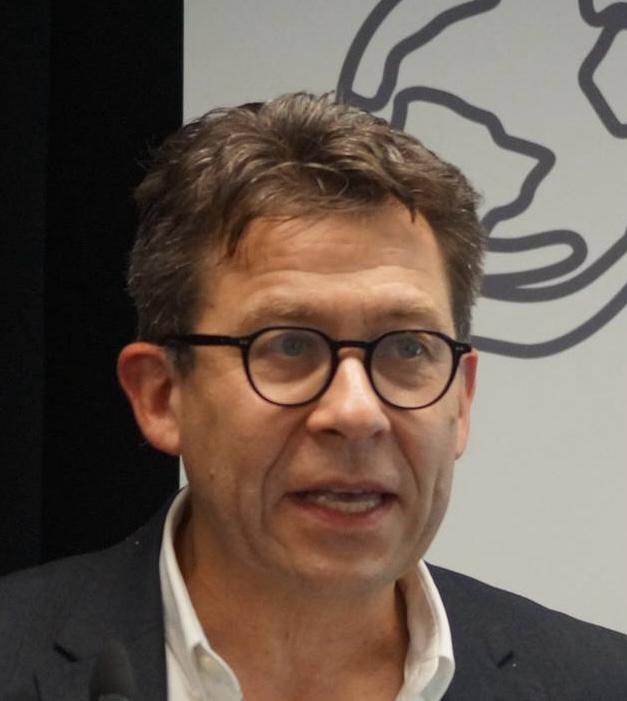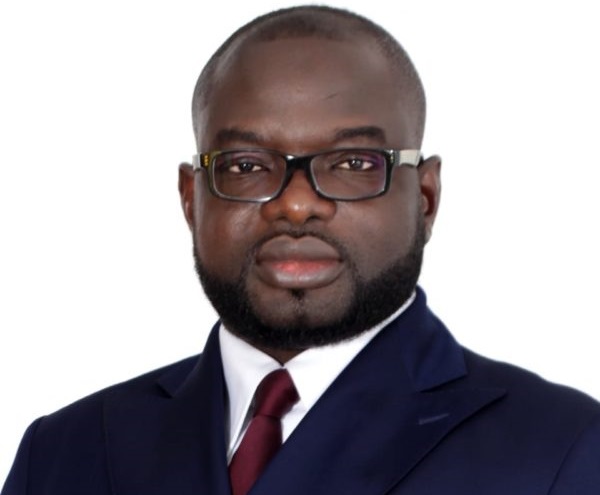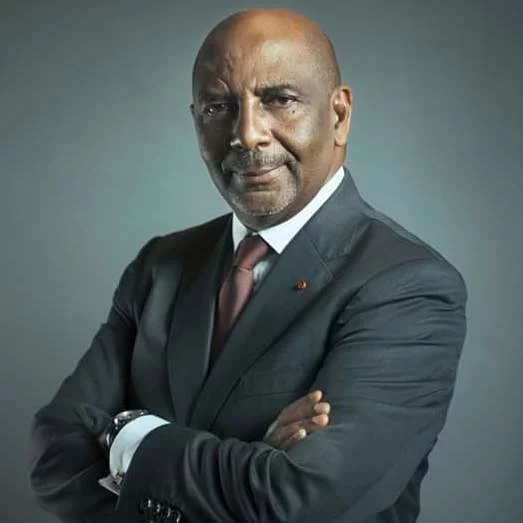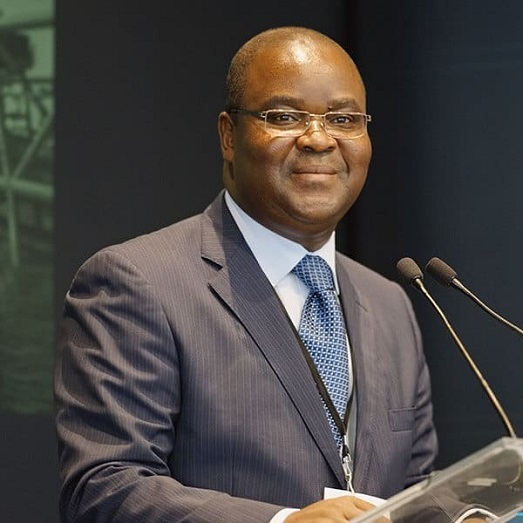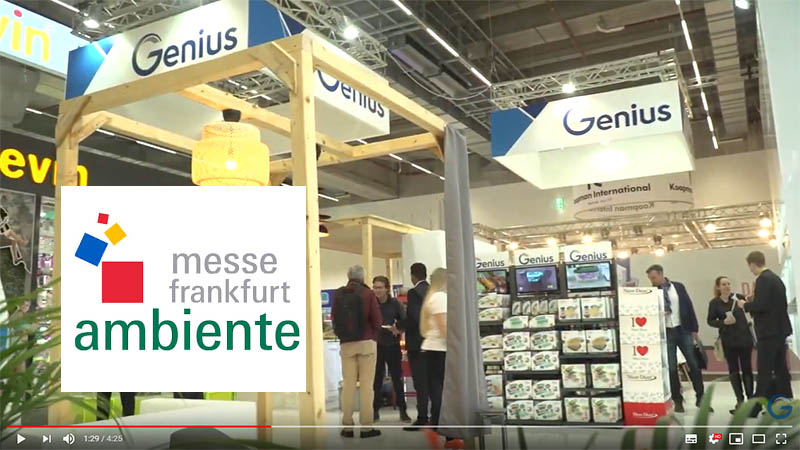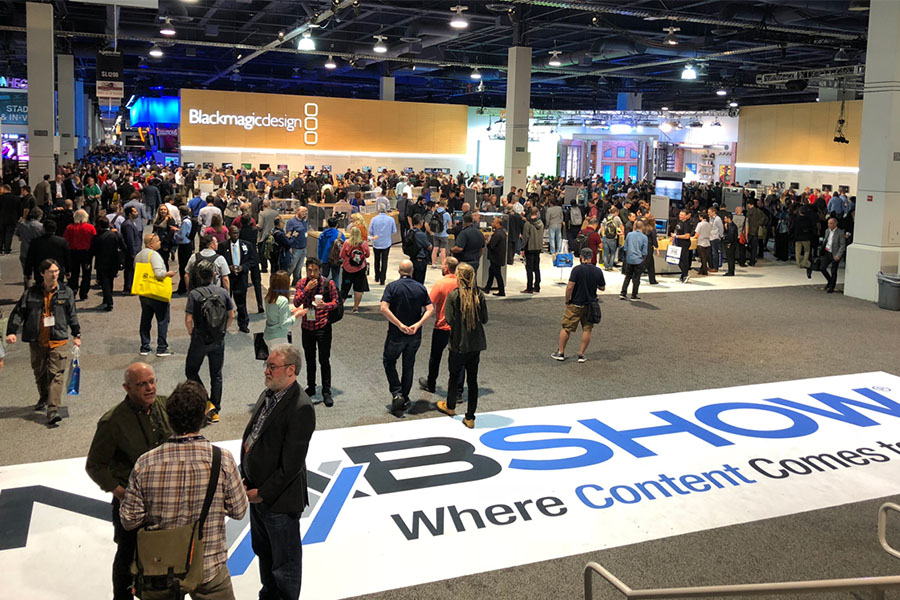SHENZHEN, China—In a corner of a Foxconn Technology2354 -0.11% Group warehouse in this southern Chinese city, the secretive maker of iPhones is looking beyond Apple Inc. to its own future.
Dozens of young workers sit before computers in blue plastic chairs, drawing up battle plans for Foxconn’s sales initiative for its new Sharp-branded television sets. “Sell Sharp with all your might,” a red banner hanging from the ceiling commands.
Foxconn’s acquisition of Japan’s Sharp Corp. SHCAY 4.58% last year was the Taiwanese company’s first big effort toward transforming itself from a contract manufacturer to a technology powerhouse, with its own brands and product lines.
It is now bidding $27 billion for Toshiba Corp.’s memory-chip business, underscoring just how seriously Foxconn—formally known as Hon Hai Precision Industry Co. 2317 -0.31% —wants to reinvent itself.
Behind both the Sharp and Toshiba plays is the conviction of Foxconn Chairman Terry Gou that the company he started 43 years ago must have its own components and brands if it is to survive to become what he has called a “100-year company.”
With sales of Apple’s iPhone, Foxconn’s bread-and-butter product, declining for the first time last year, analysts endorse Foxconn’s new direction. But they caution that going up against bigger, established competitors such as Samsung Electronics Corp. won’t be easy.
Acquiring the Toshiba business could help Foxconn shave costs by giving it an in-house supply for memory chips for Sharp TVs and other electronics. But the bid is already hitting headwinds from some Japanese government officials, who see the chip business as a strategic asset, people familiar with the matter say.
That opposition is driving pressure for a Japanese company or a joint U.S.-Japan team to end up with the winning bid, these people say.
Foxconn had faced similar resistance in its bid for Sharp, which it ultimately overcame. But the jury is still out on whether the $3.5 billion Foxconn paid for its 66% ownership of Sharp was a good investment.
The Sharp brand was once an industry leader, but has lost its shine in both Asia and the West, says Mark Stocker, managing director of Taiwan-based brand consultancy DDG. “In the past five years, Sharp hasn’t really been part of consumers’ consideration,” he said.
Sharp’s global TV market share was 2% last year, and even lower in China where local brands such as Hisense and TCL dominate, said Eric Chiou, senior research director of TrendForce WitsView.
The challenge could be seen at a Suning electronics outlet in Beijing, where Sharp’s display was tucked away in the back. A salesman said shoppers preferred either budget Chinese brands or upscale models with curved screens.

Freddie Yuan, Foxconn’s new chief marketing officer, says he recognizes the Sharp brand needs a reboot.
“In our designs, we need to appeal to younger consumers,” said Mr. Yuan, at his temporary office in the Foxconn warehouse.
Foxconn is aiming to double Sharp’s TV sales to 10 million units this year—and China is the primary market, because U.S. rights were previously sold to China’s Hisense. The company is sponsoring Chinese reality shows and rolling out billboard and TV ads with the slogan “Sharp powered by Foxconn.”
“We’ll be launching new products every month,” said Mr. Yuan, who declined to disclose the advertising budget. “That’s the only way we can adapt to the fast China market.”
Foxconn’s key advantage is its manufacturing scale, which allows it to slash Sharp’s prices, said Jacob Chen, Foxconn’s vice chairman overseeing the brand’s China push.
“We can make most key components ourselves,” Mr. Chen said. “This has a big effect on our efficiency and costs.”

The company has offered deep promotional discounts, such as a buy-one-get-one-free TV sale on Nov. 11, China’s annual shopping day.
But cost-cutting itself isn’t enough to build a brand. Some longtime Foxconn executives privately express doubts that a company known for penny-pinching would ever lavish big money on marketing.
A longer-term challenge for Foxconn could involve launching its own brands without annoying longtime customers such as Apple. Taiwanese manufacturers Acer Inc. andAsustek Computer Inc. previously faced a similar challenge, and ultimately split their businesses to avoid client conflicts.
For now, Foxconn has carefully steered the Sharp business to avoid conflicts with Apple, which still supplies more than half of its revenue, says Fubon Securities analyst Arthur Liao. But Foxconn last year also quietly acquired the Nokia phone brand, a potential conflict if the company pushes its own phones in the future.
That Foxconn will have a future doesn’t appear to be a question at its Shenzhen campus—one of the world’s largest factory complexes, with more than 300,000 workers.
Almost all of the buildings here are unrelentingly spare and utilitarian, including the central “War Room” where Mr. Gou meets with clients. But the new Sharp center has sleek furnishings and even a yoga room and spiral slide from the second floor to the lobby, a nod to the Silicon Valley startups that Foxconn wants to be more like.
With wsj.com


